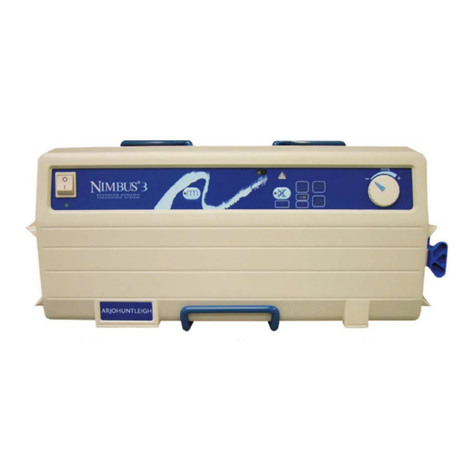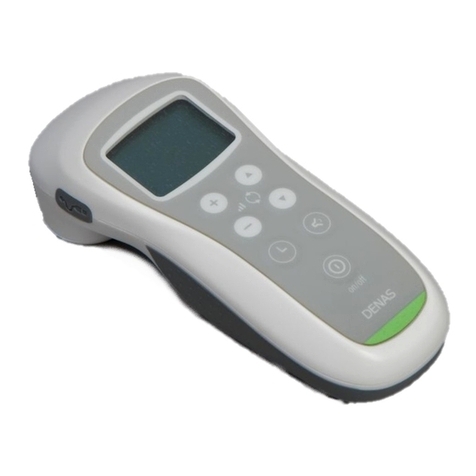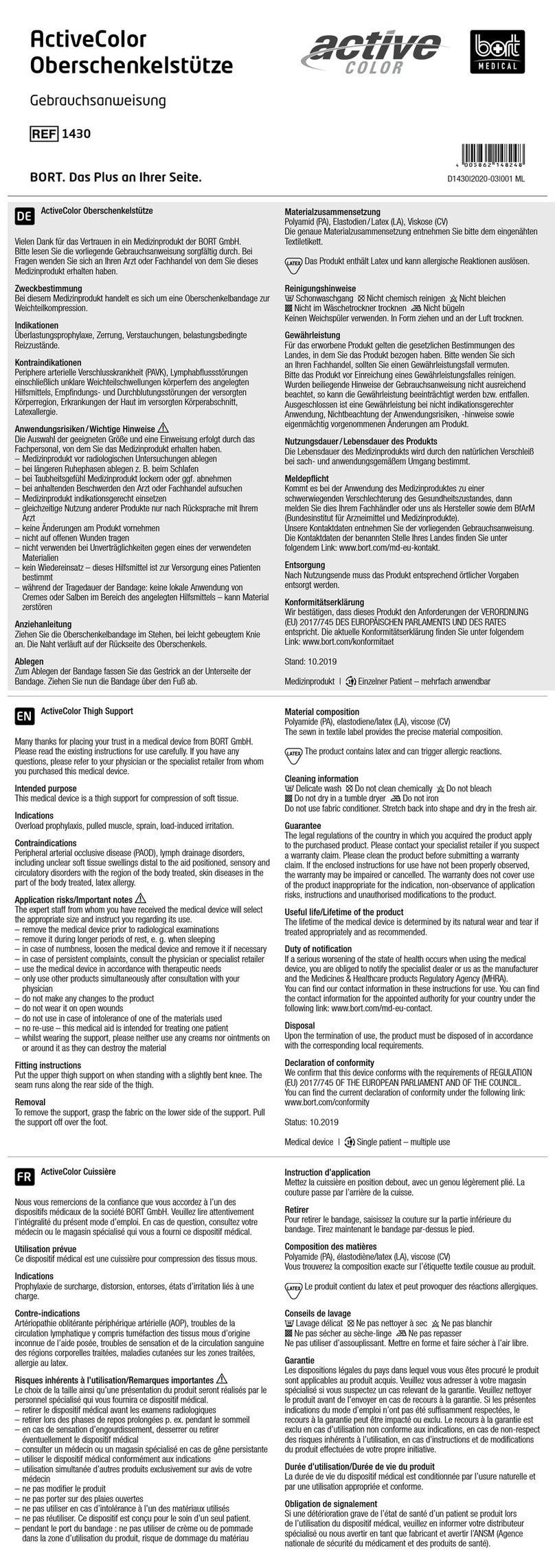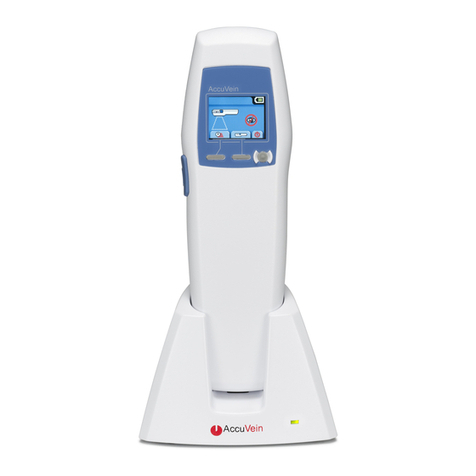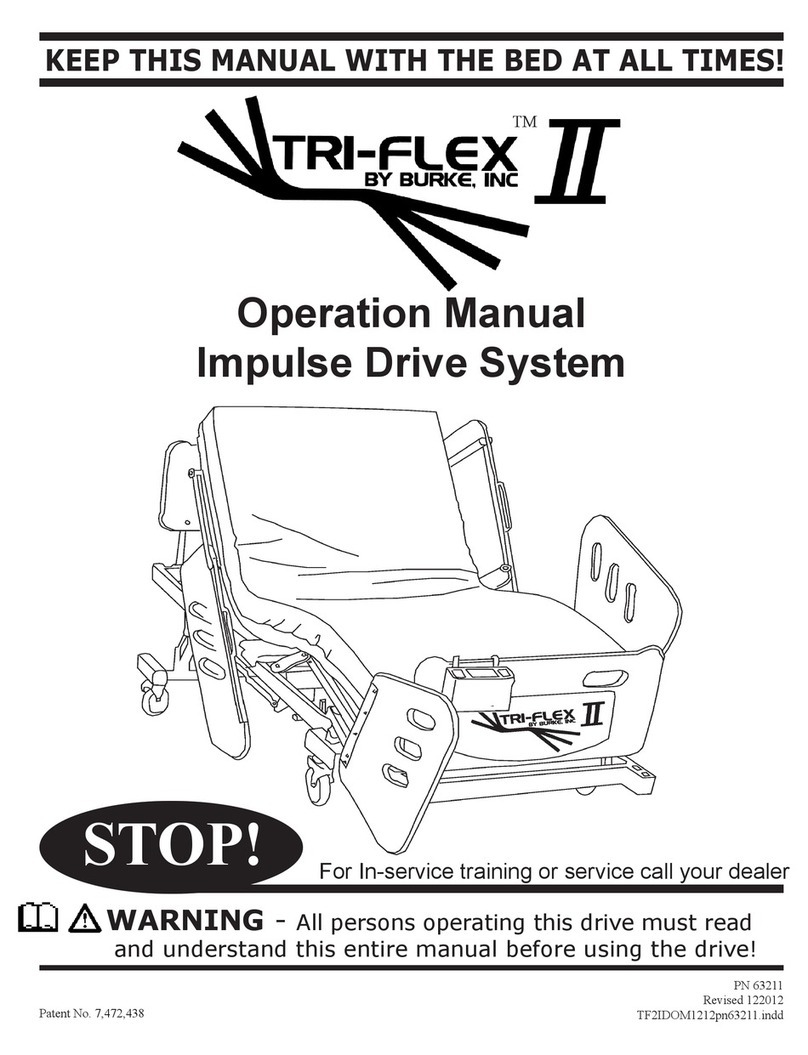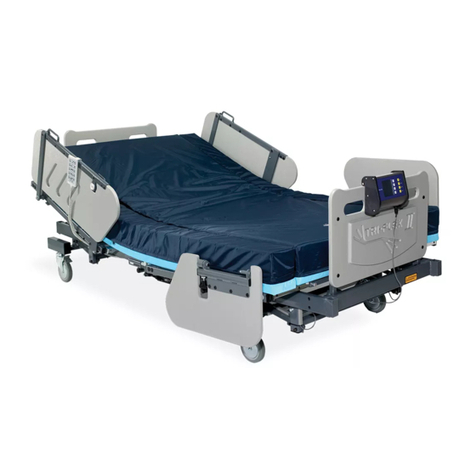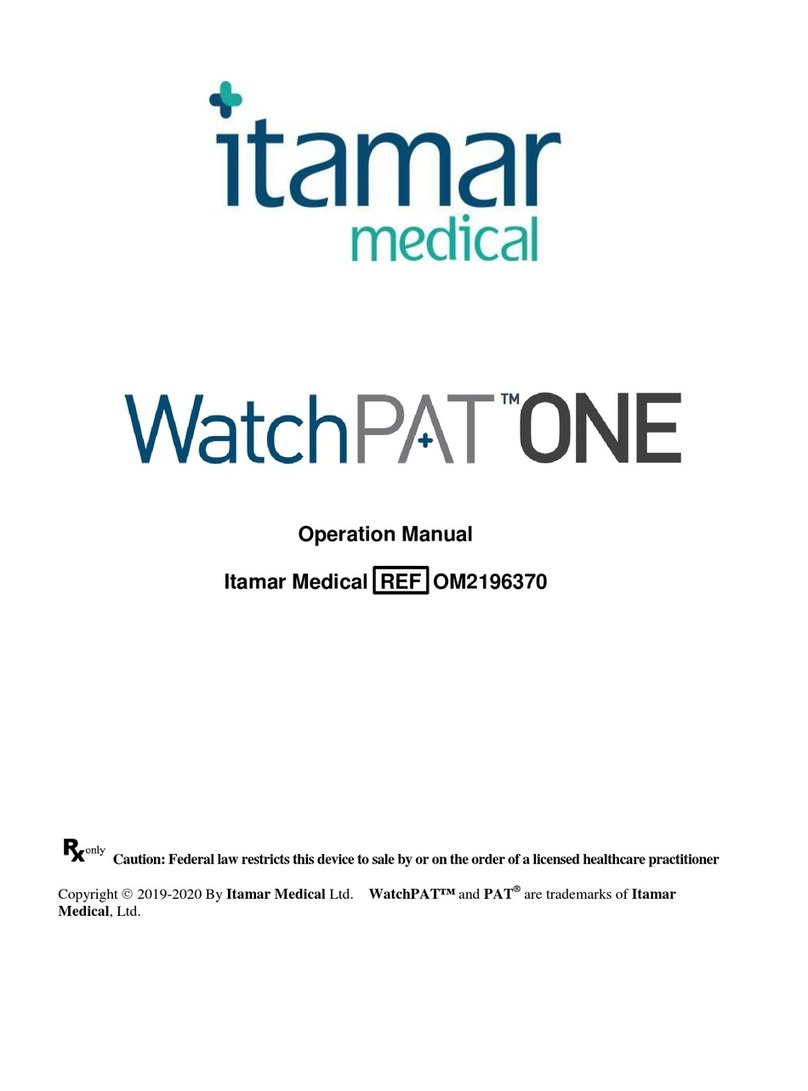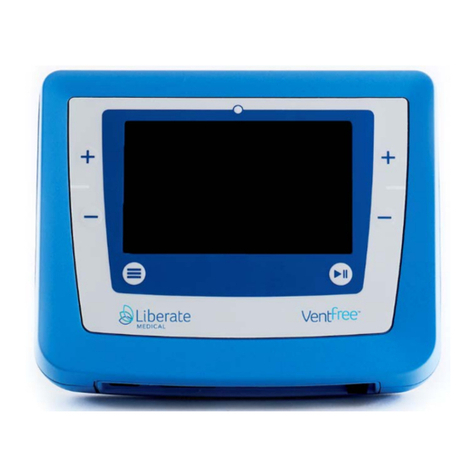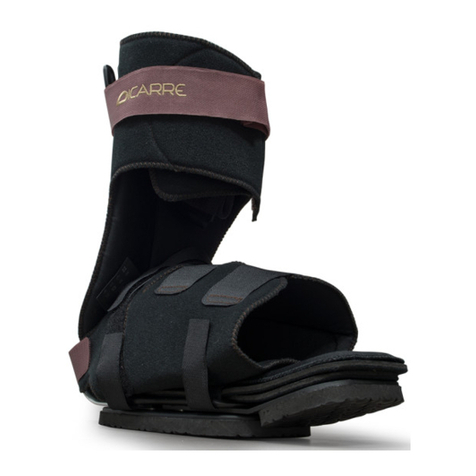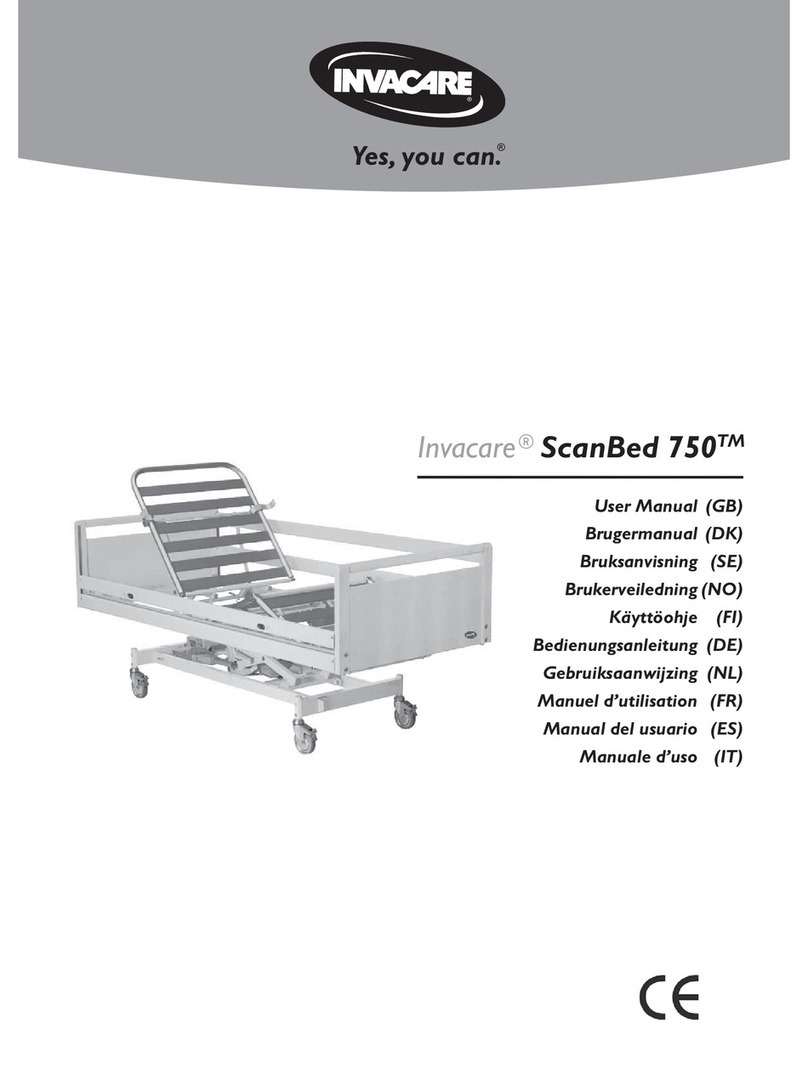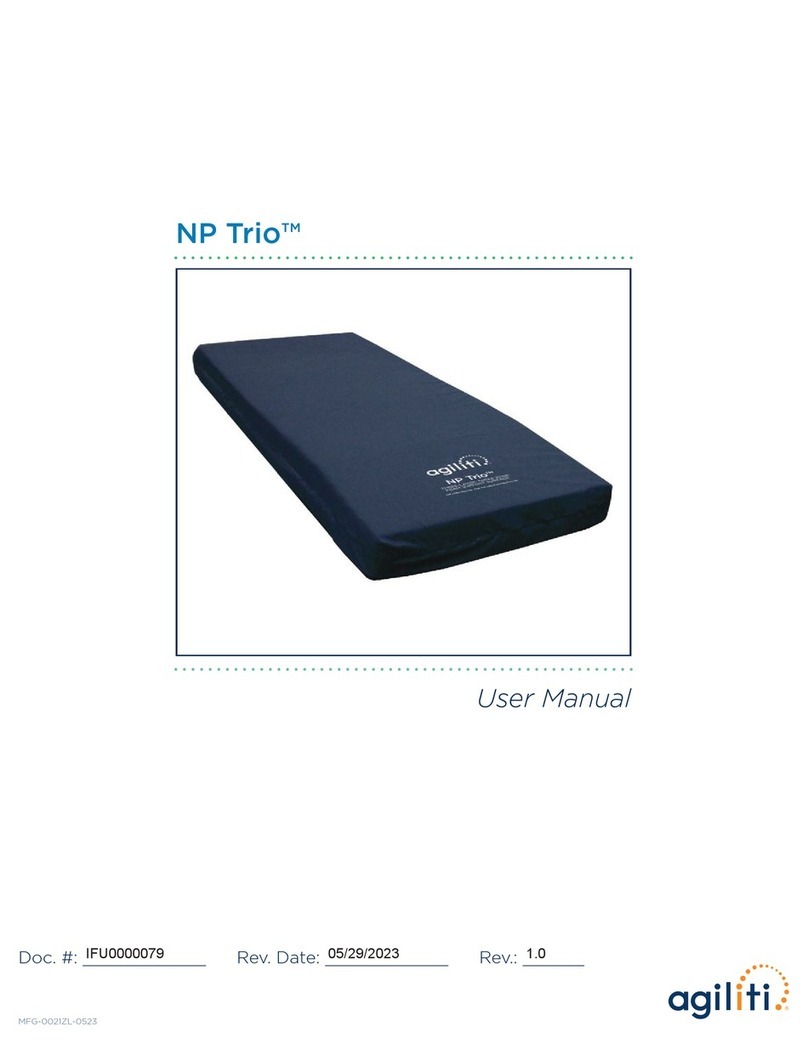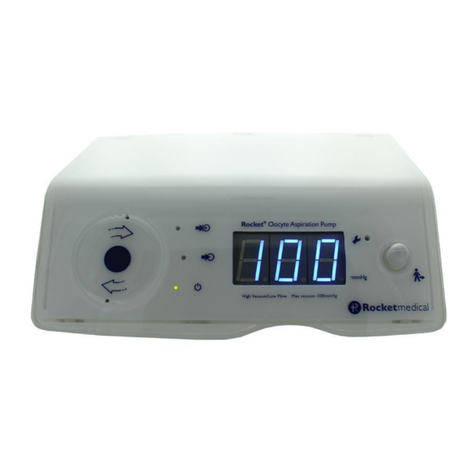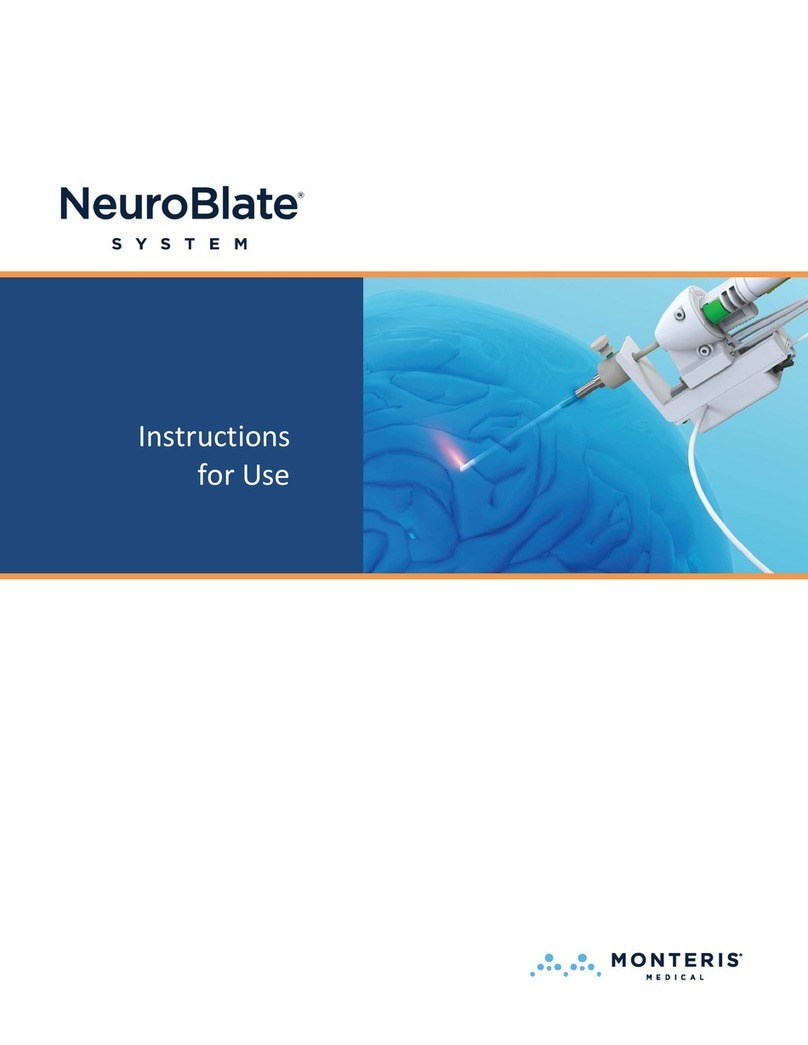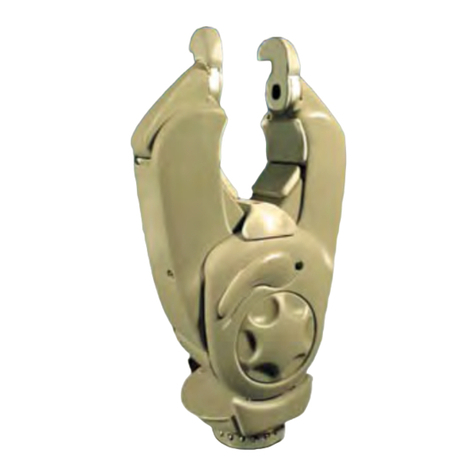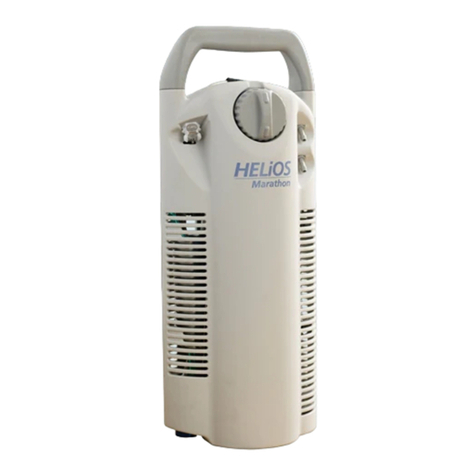
8 TRI-FLEX II BED - OPERATION MANUAL
WARNING: Allpersonswith access to the bedmust read the entire manual beforeusing the bed. Fail-
uretodoso could result in improper usewhichcould damage the bed or injurepersons.
WARNING: 1,000lb.patientuse WEIGHT LIMIT. Use of bed withpersonsabove this weight may
cause damage to bed and persons.
WARNING: To transport a patient in bed, the bed high-low
must be in its’ lowest position with the frame resting on the
transverse caster bars (see figure 1). Failure to do so could
resultincompromising the structural integrity andstability of
thebed which could damage thebed or injure persons. See
transportsection of themanual.
WARNING: Possiblefire hazard exists when bed is used
withOXYGEN administeringequipmentotherthananasalmask or 1/2bedlengthtent. Oxygententsshould
notextendbelowthemattresssupportlevel.
WARNING: AVOID CONTRACT WITH INJURED SKIN. It is not intended for this device to come in
contactwithinjuredskin. Ensure that injured skin is properly protected.
WARNING: TheTri-FlexII electronics are not designed to be used in environmentscontainingFLAM-
MABLE ANESTHETICS. Possible fire hazard exists.
WARNING: Keep the SIDERAILS in a raised position while patient is on the bed to prevent patient from
accidentallyfallingoff the bed.
WARNING: Bed should be leftinthelowestposition when unattended in order to reduce the risk of injury
duetofallswhilegettingintoor out of the bed, or while lying on the bed..
WARNING: If PATIENT RESTRAINTS areused,theymustbeattachedtosomepointonthebed that
articulateswhenthegatchesareraisedand lowered.Failuretodosocouldresultin therestraintsinjuring
thepatient.
WARNING: TomaximizethefullscopeofUL-60601,thisbedisintendedforpatientuseinONLYtheMAXI-
MUMWIDTHCONFIGURATION.Withinthecurrentstandard,patientandcaregiversaresafelyremovedfrom
pinchpointsandmovingcomponentswhichcouldcauseharm.Configurationsotherthandescribedreduce
thedistancetothesepointswhichcouldresultinseverepersonalinjuryorequipmentdamage.
CAUTION: Run the POWER CORD under the bed frame and positioned so as to prevent being walked
onorrolled over by the bedcastersor interfering with moving partsof the bed. Keep thepowercord
pluggedintoa wall outlet.
CAUTION: Hangthehand CONTROL PENDANT on the side railwhen not in use. Run the cordunder
the bed frame and keep it clear of moving parts to prevent possible damage to the cord.
CAUTION: When the bed is in use, the CASTERS must be positioned so that the locking tabs are
locked, and pointed towards the foot end of the bed. Failure to do so will cause damage to the bed.
CAUTION: Keepthehead of the bed a minimumof4" from walls to avoid contactingawall when running
thehi-low. Failureto do so could result indamagetothe bed and/or the wall.
•Elevatingtheheadgatchfacilitateseasier breathing for heavierpatients.Consult a doctor.
•Ifneeded,orthopedicequipmentcan be attached to the bed.
Figure 1
Important Safety Information
